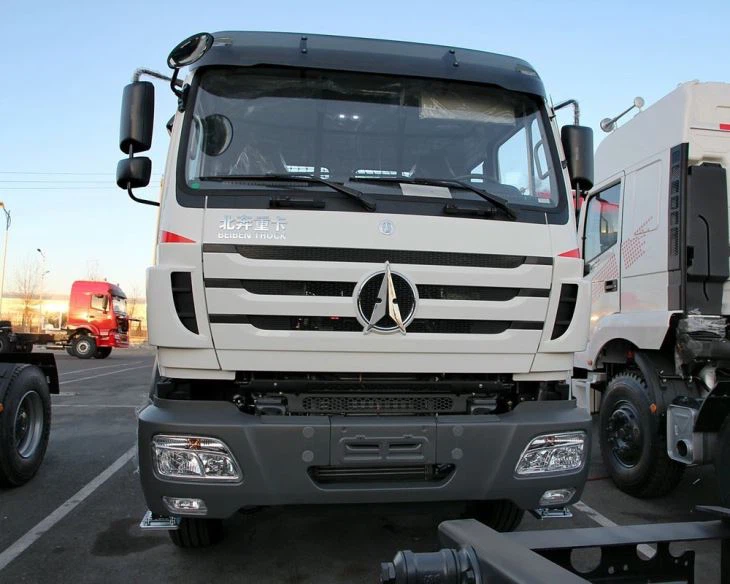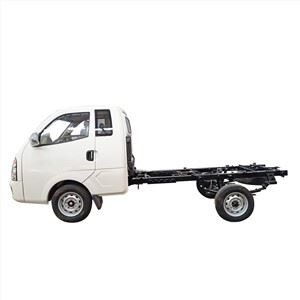The Comprehensive Guide to the Roll of Truck: Understanding Its Importance and Applications

Trucks play a vital role in logistics and transportation, providing a backbone for moving goods across long distances. One specific aspect of trucks that is crucial for efficiency and productivity is the “roll of truck.” This guide delves into the definition, significance, applications, and various aspects of the roll of truck in modern transportation.
What is the Roll of Truck?
The term “roll of truck” refers to the operational efficiency and effectiveness related to the load-carrying capabilities of trucks. This encompasses everything from how weight is distributed across the truck’s frame to the manner in which cargo is secured during transit. Understanding the roll of truck helps ensure that vehicles perform optimally while adhering to safety and regulatory standards.
Importance of the Roll of Truck
The roll of truck influences various aspects of trucking operations:
- Load Capacity: Knowing the roll of truck ensures that the vehicle is used to its maximum potential without exceeding weight limits.
- Safety: Proper distribution of weight minimizes the risk of accidents related to tipping or losing cargo.
- Fuel Efficiency: An evenly distributed load can enhance fuel economy, which is crucial for cost management in logistics.
Key Components of the Roll of Truck
1. Axles and Suspension

The truck’s axles and suspension systems are critical components that affect the roll of truck. They bear the weight of the vehicle and the cargo, affecting stability and performance. Regular maintenance of these systems is essential for safe operations.
2. Weight Distribution
Effective weight distribution is fundamental to a truck’s roll. An unevenly loaded truck can lead to tire wear, handling issues, and increased fuel consumption. To optimize weight distribution:
- Place heavy cargo items at the bottom and center of the truck.
- Avoid overloading one side of the truck.
- Utilize load-balancing equipment if necessary.
Practical Tips for Weight Distribution
| Step | Description |
|---|---|
| 1 | Identify heavy and light items to plan your load. |
| 2 | Load heavier items first to establish a good base. |
| 3 | Check weight via scales to ensure compliance with regulations. |
3. Cargo Securing Methods
Securing cargo effectively is crucial for maintaining the roll of truck. Use tie-downs, tarps, and other securing equipment to prevent cargo shifts during transport. Various securing methods include:
- Strap Systems: Webbed straps or chains help hold loads securely.
- Rope Tie-Downs: For lightweight items, ropes may suffice.
- Cargo Nets: Nets can encapsulate loads for extra security.
4. Tire Quality and Pressure
The quality and maintenance of tires directly affect the roll of truck. Ensure tires are properly inflated and in good condition to maintain traction and stability. It is recommended to check tire pressure before each journey.
Common Challenges Affecting the Roll of Truck
1. Overloading
One of the most significant issues affecting the roll of a truck is overloading, which can lead to serious safety hazards. Not only is it illegal, but it can also cause mechanical failure, increase wear and tear on tires, and lower fuel efficiency.
2. Poor Road Conditions
Potholes, uneven surfaces, and debris can significantly affect how a truck handles its load. Drivers should always be cautious and adapt their driving style based on road conditions to reduce the risk of accidents.
3. Weather Conditions
Adverse weather conditions like rain and snow can impact a truck’s roll and handling. Drivers must adjust speed and take extra care when turns are involved to avoid losing control.
The Role of Technology in Optimizing the Roll of Truck
1. Load Monitoring Systems
Advanced load monitoring systems can help track weight distribution in real-time. These systems alert drivers if the load is improperly balanced, allowing for immediate adjustments.

2. GPS and Route Optimization
GPS technology can help in planning efficient routes that avoid poor road conditions, saving time, fuel, and wear on the vehicle.
3. Fleet Management Software
Modern fleet management software can provide insights into driver performance, vehicle health, and load monitoring, ensuring that the roll of truck is optimized daily.
Future Trends in the Roll of Truck
1. Sustainable Practices
As the logistics industry shifts toward sustainability, understanding the roll of trucks will involve prioritizing fuel-efficient practices and reducing carbon emissions. This includes exploring electric trucks, alternative fuels, and lighter materials.
2. Automation
With the advent of autonomous vehicles, the role of technology in improving the roll of truck is poised to expand even further. Self-driving technology promises to enhance safety and cargo management significantly.
Frequently Asked Questions (FAQs)
1. What is the maximum weight a truck can carry?
The maximum weight a truck can carry depends on its classification, with most standard trucks designed for a Gross Vehicle Weight Rating (GVWR) ranging from 26,000 to 80,000 pounds in the U.S.
2. How can I ensure my cargo is secured properly?
Be sure to use appropriate tie-downs, check for cargo shifting during transport, and adhere to weight distribution best practices.
3. What are the signs of overloading a truck?
Common signs of overloading include poor handling, braking issues, and accelerated tire wear. Additionally, the truck may sag or lean to one side.
4. How often should I check my truck’s load distribution?
It is advisable to check load distribution before each trip and anytime you add or remove cargo during transport.

5. Are there any legal repercussions for overloaded trucks?
Yes, there can be significant fines and penalties for operating an overloaded truck, which can also lead to accidents and insurance issues.
6. Can I improve fuel efficiency through better load management?
Absolutely! Proper load management and distribution can lead to reduced fuel consumption, making it essential for cost-effective operations.
